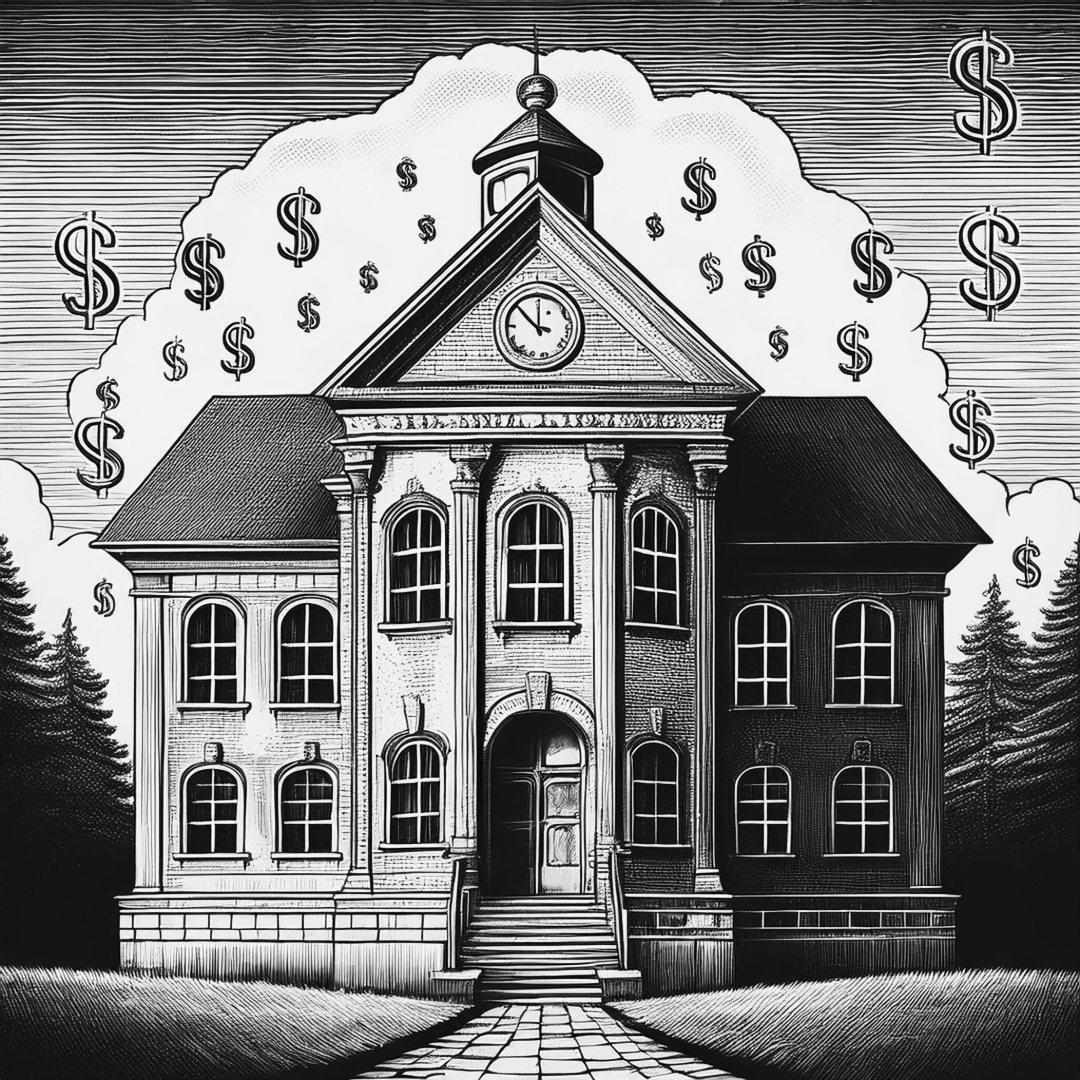MONTGOMERY, Ala. — Alabama’s public education system, long criticized as one of the most underfunded in the nation, is at a crossroads as lawmakers consider overhauling the state’s decades-old funding formula. The proposed changes aim to address systemic inequities, but critics warn of potential pitfalls tied to Alabama’s history of diverting public funds to private and religious schools.
A History of Underfunding
Reports show Alabama spends significantly less on education than it did in 2006, leaving nearly $5 billion unallocated for school districts. Over 89% of students attend inadequately funded schools, exacerbating opportunity gaps in a state with high poverty rates. Critics argue that past legislative efforts, such as the CHOOSE Act, have prioritized school choice initiatives over public school investment, funneling millions into private religious institutions while public schools struggle to meet basic needs.
The Proposed Overhaul
Representative Danny Garrett (R-Trussville) has introduced a student-weighted funding formula designed to allocate more resources for students with disabilities, English language learners, and those living in poverty. The plan would replace Alabama’s current headcount-based system and could cost an additional $713-$825 million annually. Proponents argue this approach better targets student needs and provides flexibility for local districts to allocate funds.
Pros and Cons
Pros:
- Equity: The new formula would prioritize underserved students, potentially closing achievement gaps.
- Flexibility: Local officials would gain more control over how funds are used.
- Economic Feasibility: Analysts suggest Alabama’s growing revenue can support the increased costs without raising taxes.
Cons:
- Risk of Privatization: Critics fear the overhaul could pave the way for further diversion of public funds to private and religious schools, as seen with previous voucher programs like the CHOOSE Act.
- Implementation Challenges: Transitioning to a new formula may create disparities during the adjustment period.
A Broader Debate
The debate underscores broader concerns about Alabama’s commitment to public education. Religious influence in schools has drawn scrutiny, with incidents like alleged unconstitutional assemblies raising questions about church-state separation. Meanwhile, advocates for school choice cite Supreme Court rulings that bolster funding for religious schools as a victory for parental rights.
As lawmakers weigh these reforms, the stakes are high for Alabama’s future. Will this overhaul finally address decades of inequity, or will it deepen divisions in an already strained system? The answer may define the trajectory of education in the state for years to come.

